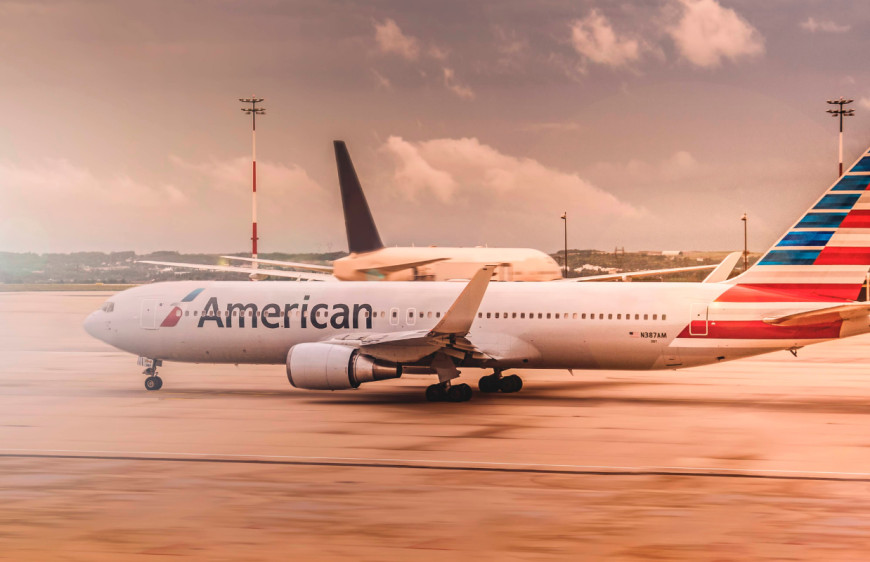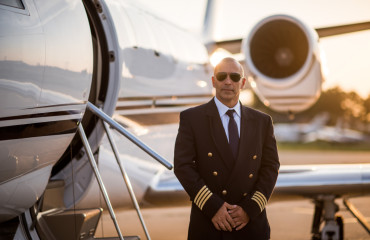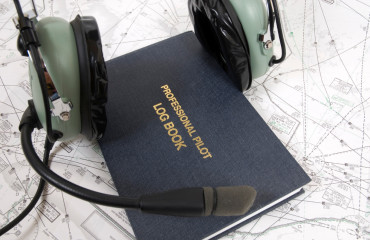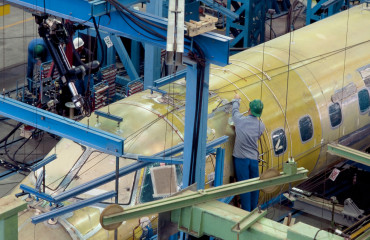A Journey Through American Aviation History
American aviation history is a captivating tale of human ambition, innovation, and progress. Spanning over a century, this journey through the skies has witnessed countless milestones, from the first powered flight to the development of cutting-edge aerospace technology. In this article, we will explore the key events and figures that have shaped American aviation into the dynamic and influential industry it is today.
The Wright Brothers: Pioneers of Flight
The birth of American aviation can be traced back to December 17, 1903, when Orville and Wilbur Wright achieved the world's first powered flight in Kitty Hawk, North Carolina. Their historic flight lasted just 12 seconds, covering a distance of 120 feet. This monumental achievement marked the beginning of a new era and inspired countless others to explore the possibilities of flight.
World War I: Aviation Takes Off
World War I played a pivotal role in the development of aviation technology. The war drove rapid advancements in aircraft design and engine technology. The United States emerged from the conflict with a robust aviation industry, setting the stage for commercial aviation and aeronautical innovation.
The Golden Age of Aviation
The 1920s and 1930s are often referred to as the "Golden Age of Aviation" in the United States. During this period, aviation captured the imagination of the public, and daring aviators like Charles Lindbergh became household names. Lindbergh's solo transatlantic flight in 1927, from New York to Paris, marked a significant milestone in aviation history, demonstrating the potential of long-distance air travel.
World War II: Aviation's Crucial Role
World War II saw the United States emerge as a global aviation powerhouse. American factories produced thousands of aircraft, and the nation's pilots played a vital role in achieving victory. Iconic aircraft like the B-17 Flying Fortress and P-51 Mustang became symbols of American airpower.
Post-War Boom: Commercial Aviation
After World War II, the aviation industry experienced a boom in commercial air travel. The introduction of pressurized cabins, jet engines, and larger passenger aircraft revolutionized the way people traveled. Airlines like Pan American World Airways (Pan Am) pioneered international air travel routes, connecting the world like never before.
The Space Age: NASA and Beyond
In the 1950s and 1960s, the United States entered the Space Age with the establishment of NASA (National Aeronautics and Space Administration). American astronauts, including the iconic Neil Armstrong, took the first steps on the moon in 1969, showcasing the nation's prowess in space exploration.
Modern Aerospace Innovation
Today, American aviation and aerospace industries continue to lead the world. Major manufacturers like Boeing and Lockheed Martin produce cutting-edge commercial and military aircraft. Private companies like SpaceX and Blue Origin are pushing the boundaries of space exploration.
American aviation history is a testament to the spirit of innovation and exploration that has driven the nation forward. From the Wright brothers' humble beginnings to modern aerospace marvels, the journey through the skies has been one of constant progress and achievement. As we look to the future, the legacy of American aviation will undoubtedly continue to soar to new heights, shaping the world of aviation and aerospace for generations to come.



